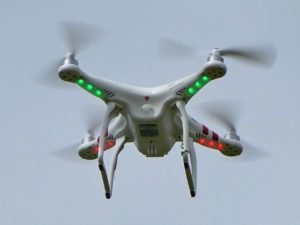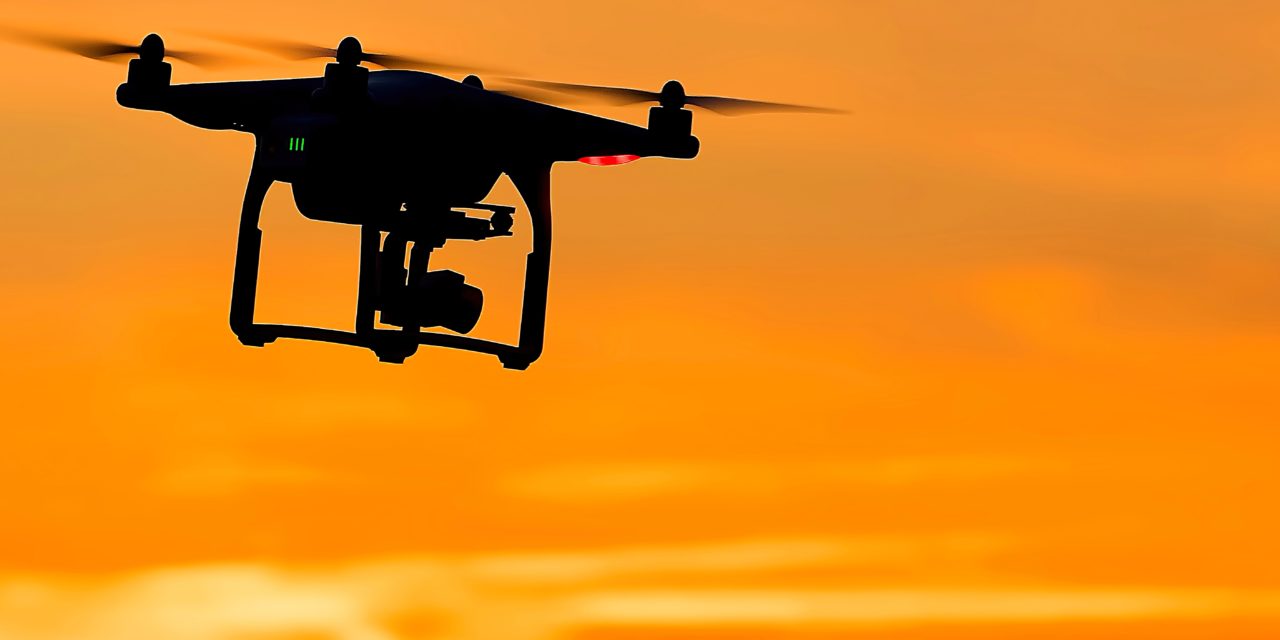Ever since Amazon CEO Jeff Bezos appeared on CBS’s 60 Minutes on December 1, 2013, to inform viewers that Amazon was testing drones to deliver packages, there has been increased interest in the private use of drones. However, the Federal Aviation Administration (FAA) seems unlikely to approve such a long-distance private use of drones, also known as unmanned aircraft systems (UAS), anytime soon. While the agency has received hundreds of requests for commercial use of drones, so far only a handful of exemptions to the current restrictions have been issued.
A growing number of appraisers and Realtors in the real estate industry have been clamoring for the ability to use drones to both appraise properties and make videos that would be available online for potential buyers. The FAA had previously prohibited drones for real estate marketing.
However, the FAA announced on January 6 that an Arizona Realtor’s exemption filed last July has been approved, potentially opening the door to the use of drones for others in the industry. Douglas Trudeau, of Tierra Antigua Realty in Tucson, is the first Realtor to get the exemption. Trudeau can use his drone to “enhance academic community awareness and augment real estate listing videos,” according to the FAA exemption.

Photo of Phantom 1 UAV © Nevit Dilmen, CC BY-SA 3.0.
This means the drone, a Phantom 2 Vision+ quadcopter, can be flown over properties and shoot images and video that can be used in promoting properties. Tierra Antigua Realty and Advanced Aviation Solutions, the other company receiving an exemption, have several requirements for their drone use:
- The drone must be piloted by an operator who has at least an FAA private pilot certificate and medical certificate. Along with the pilot, an observer must also be on site to keep track of the drone.
- The drone must always be visible to the operator.
- Each flight cannot last more than 7 minutes, and the drone must stay below 300 feet.
- Any airports within 5 miles of the drone’s flight must be contacted and made aware of the drone’s activities.
That last point is no surprise, as one of the big tasks the FAA faces in regulating drone use is keeping people both on the ground and in the air safe. As drones have become cheaper to buy and easier to find, safety has moved to the forefront of the debate. The FAA receives calls on an almost daily basis of drones flying in restricted airspace around airports.
The FAA was aiming to propose drone regulations by the end of last year. While it continues to hammer out its proposal, the drone industry continues to grow. Small drones are used frequently for shots in TV and movies. A recent video by the band OK Go was shot in one take with a drone.
For appraisers and others in the real estate industry, the opportunities are vast for using drones. They can be used for creative, exhilarating shots of building exteriors or getting a dramatic viewpoint of a property that would be impossible from the ground. Drones can also offer larger views of the surrounding areas, views that show a level of detail that generally isn’t available to appraisers. Nevertheless, for now the use of drones is still limited. The FAA has only granted exemptions to 12 of the 214 commercial organizations that have applied, and the agency has publicized warnings that it considers use of drones in real estate a commercial use that is prohibited without an exemption.
The National Association of Realtors (NAR) is keeping an eye on the regulatory situation. In November 2014, NAR released a statement that it “is committed to working with the Federal Aviation Administration, and any other relevant federal agencies, during the regulatory approval process. The National Association of REALTORS® will continue its ongoing efforts to educate REALTORS® about the current and future regulatory structure for the safe and responsible operation of unmanned aerial vehicles.”






Recent Comments